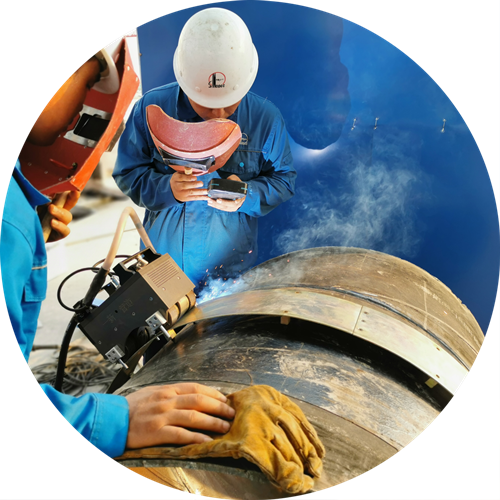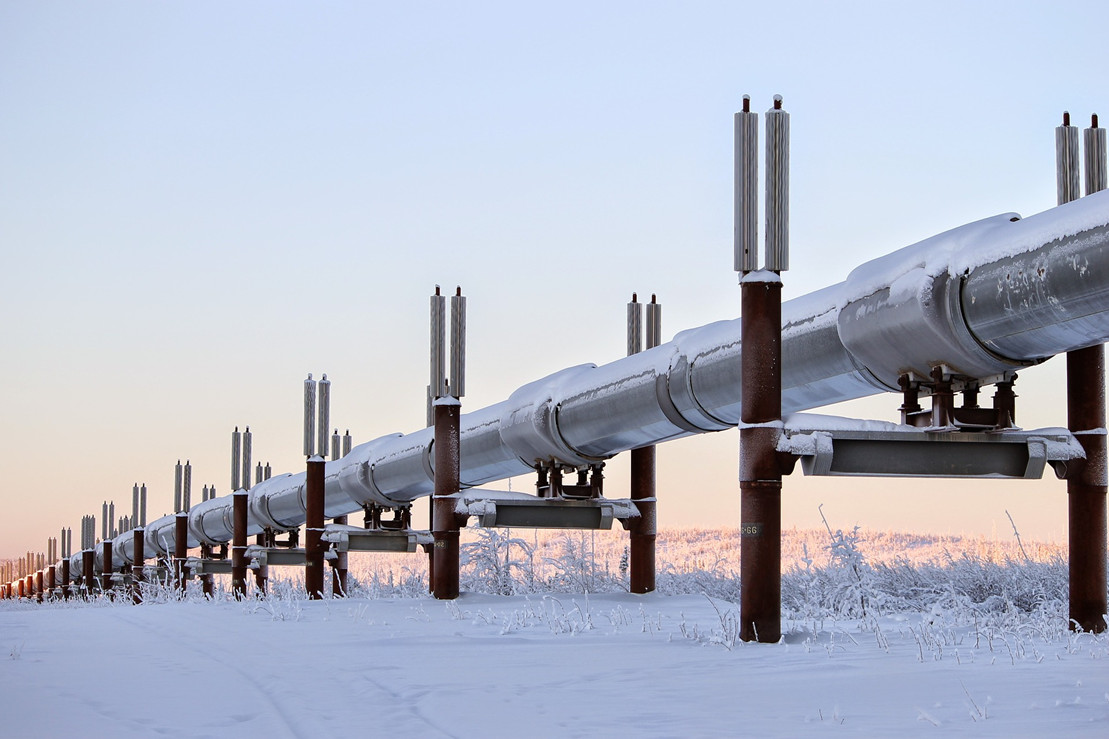Current Status and Trends of Automatic Welding

Automatic welding equipment for domestic oil and gas thermal water supply and other pipeline industries can be used for pipeline flat welding, vertical welding, horizontal welding, overhead welding, fill welding and cover welding of all-position 5G welding, suitable for welding processes such as GMAW/FCAW-GS. The configuration of different tracks is also suitable for all-position welding requirements of other workpieces. If argon arc root welding is required, manual bottom welding is required. The working principle is that the pipe is fixed, the welding robot is adsorbed on the pipe (or on the track) and automatically crawls and welds. It is operated by a wireless remote control. It is protected by carbon dioxide or mixed gas (80% argon + 20% carbon dioxide). The welding wire can be solid wire. Or flux-cored wire.
Many pipeline welding projects in China have construction characteristics such as "long distance", "large pipe diameter", and "pipe wall thickness". Relying on domestic electrode arc welding alone, the labor intensity of workers is high, the production efficiency is low, and the construction process is very slow. Slow. With the rapid introduction of the welding process method of pipeline all-position automatic welding in the oil and gas pipeline installation industry in order to solve the problem of welding quality consistency, the industry has gradually deepened the understanding of pipeline all-position automatic welding equipment and process methods. The key problems that can be solved in all-position automatic welding of pipelines are becoming clearer. In addition to good welding quality consistency, great progress has been made in welding training time, labor intensity reduction, and real-time recording of welding process data. Let welding The situation that the quality of the mouth depends on the technical level and labor status of the welder from manual welding to the automatic welding process method of all positions of the pipeline depends more and more on the capacity of the equipment.
The welding automation industry is an emerging industry and is currently in the primary stage of development. Although since the 1990s, with the further maturity of the socialist market economy, my country's welding industry has made considerable progress, but welding automation as an emerging industry is still in its infancy. At present, my country is still dominated by traditional manual welding. According to relevant data, the welding automation rate is only about 30%, and the future development potential is huge and the prospects are broad. With the increasing maturity of digital technology, digital welding machines and digital control technology, which represent automated welding technology, are already available and have steadily entered the market. The China-Russia oil and gas pipelines, the Three Gorges Project, the West-East Gas Pipeline Project, and shipbuilding projects have strongly promoted the development and progress of advanced welding technology, especially welding automation technology. my country's welding industry is gradually moving towards "high efficiency, automation, and intelligence".
The original intention of developing and producing automatic welding machines is to reduce the labor intensity of welders and improve welding efficiency. But the welding technology has developed to this day, and it has not yet developed to the level of unmanned welding construction. Fully automatic welding machines still require our master welders to be on the construction site to adjust the welding parameters and monitor the welding status in real time according to the construction progress and conditions. Fully automatic welding machines cannot completely replace welders.
Post time: Mar-16-2021

